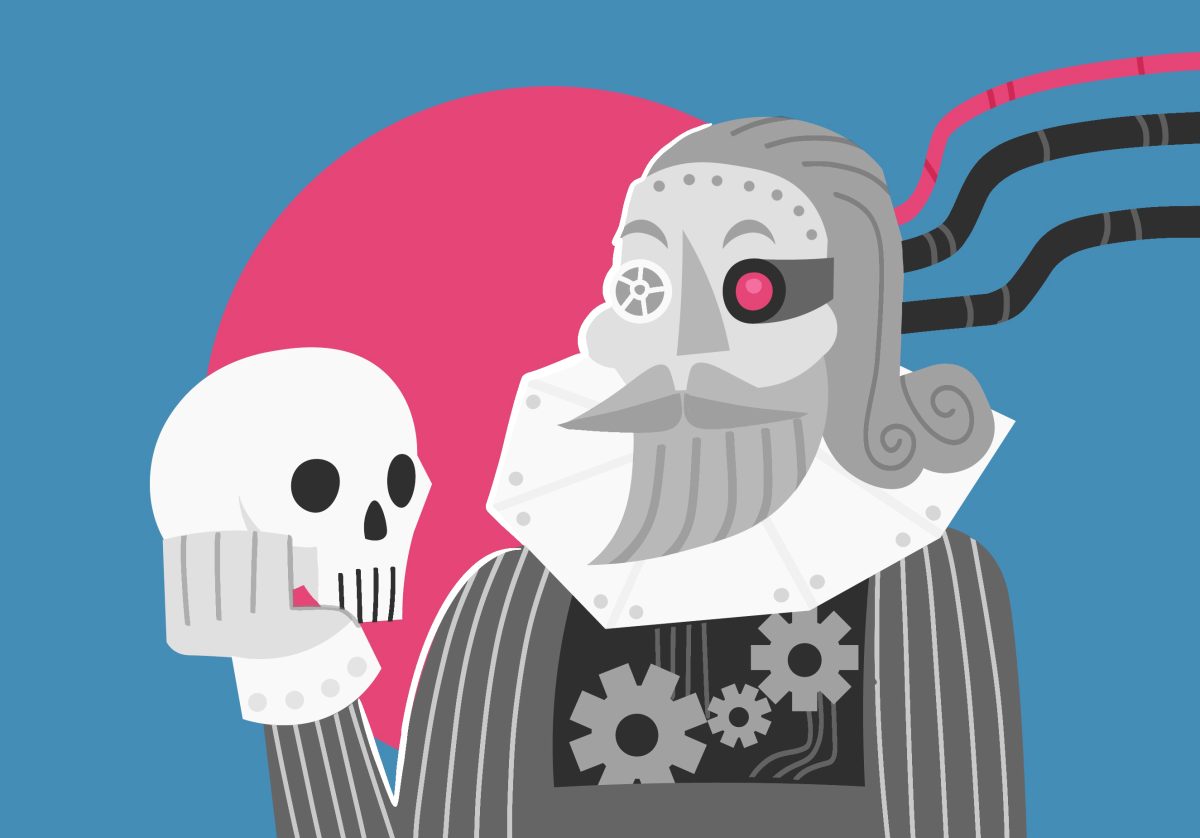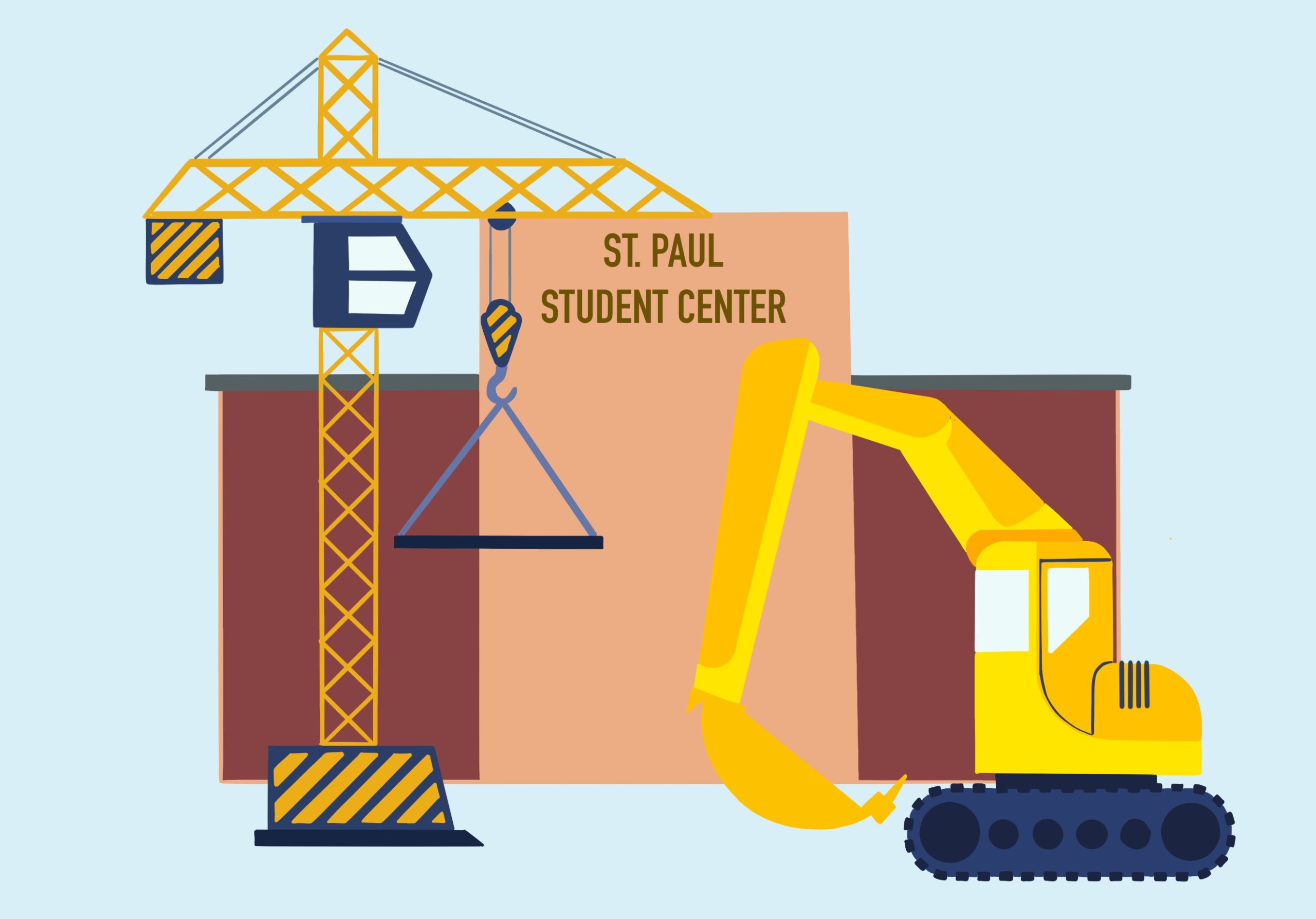The University of MinnesotaâÄô campus is home to hundreds of crime scenes every day. If youâÄôve ever seen a bicycle locked to a tree, railing, light post, street sign or parking meter, then youâÄôve been witness to one of them.
For years, police and University officials have been fanning out across campus, writing tickets to improperly parked bicycles. As the student population swells each year, cycling has become more common, and so too has bike theft, one of the most frequent crimes on campus. I donâÄôt think itâÄôs unreasonable to suggest that the University should offer students more safe places to lock their bicycles, without fear of being fined or becoming the victim of theft.
If a bicycle is locked to an improper object, then the University of Minnesota Police Department or Security Monitor Program can impound that bicycle, attach a warning tag to it or place a U-Lock âÄúbootsâÄù on it. In order to have the U-Lock removed, you have to pay a fine, determined by the district attorney.
Justin Yarrington, assistant program manager of the Security Monitor Program, said University police have been enforcing these ordinances âÄúfor a long timeâÄù âÄî the Security Monitor Program started enforcing them several years ago. The program currently has a bike patrol, which enforces these ordinances at âÄúall times of the dayâÄù and âÄúanywhere on campus.âÄù
Locking a bicycle to a non-bike rack is definitely a violation of University of Minnesota ordinances. As Yarrington clarified, ordinances UM341 and UM343 dictate that bicycles canâÄôt be parked in prohibited areas, such as on trees and shrubs. Additionally, ordinance UM333(A) states that not operating a bicycle in compliance with signs will result in a petty misdemeanor citation and a $115 fine.
These regulations, I think, serve a legitimate purpose. Sam Kerski, a second-year undergraduate at the University, recognizes that the enforcement of these ordinances âÄúmakes sense in theoryâÄù because if bicycles are repeatedly locked to a tree the âÄútree could dieâÄù and because bicycles can prevent someone from using a handicap railing.
Still, Kerski offered a logical solution. âÄúThe U should put up more bike racks,âÄù he said, because sometimes there are simply no spaces left to lock oneâÄôs bike. Kerskit pointed out that Argyle House is a place that sometimes forces a cyclist to âÄúeither use the railing or leave your bike in the open.âÄù
Azra Halilobic, a fourth-year undergraduate, said that âÄúbike racks should be strategically placed so that they are close to doors.âÄù She said such a measure âÄî in addition to adding seating areas to watch your bike âÄî could prevent people from locking their bicycle to a railing or a tree and instead be able to lock them in a safer spot.
Finding a suitable place to lock a bicycle can become problematic if youâÄôre rushing to class. The bicycle racks around this campus are veritably packed. Overcrowding often leads cyclists to lock their bicycles on railings and trees.
Rather than enforcing these ordinances through fines and U-Locks, the University should be placing additional bike racks around campus where there is an apparent shortage. The back of the new Science Teaching and Student Service Building âÄî where bikes are regularly locked to railings and light poles âÄî is one of the many places on campus that deserves bike racks.
Moreover, students donâÄôt know about the regulations University and police officials are apparently routinely enforcing. While I was on campus, I asked a total of 25 cyclists whether they knew of any of these ordinances and their current enforcement. Only three of the 25 said they knew about them while the others had not heard of them. They all knew that locking a bicycle to a disability railing was not allowed.
That the handicap regulations are common knowledge is due to well placed signs and stickers, placed on handicap railings. For instance, between Ford and Vincent halls, in the Mall on the East Bank, there are clearly marked railings and even a sign that states bicycles are not allowed to be parked in certain surrounding areas.
The prospect of a spot on a bicycle rack for every bicycle on campus might be unfeasible. But having strategically placed signs that communicate what isnâÄôt allowed when parking a bicycle would be ideal. Ryan Colbert, a first-year undergraduate, said he received a red warning tag that indicated he had violated a rule for locking his bicycle to a railing. The main problem, he stated, is that âÄúthere arenâÄôt signs anywhere in the cityâÄù which say whatâÄôs illegal. The University âÄúshould put up signs before they use a U-Lock boot,âÄù he reasoned.
The high number of bicycles on campus and the lack of knowledge about parking them are the root causes of these crimes. Since these crimes are relatively benign in nature and easily preventable, the University and its police department should be trying to spread awareness of its bicycle policies.










